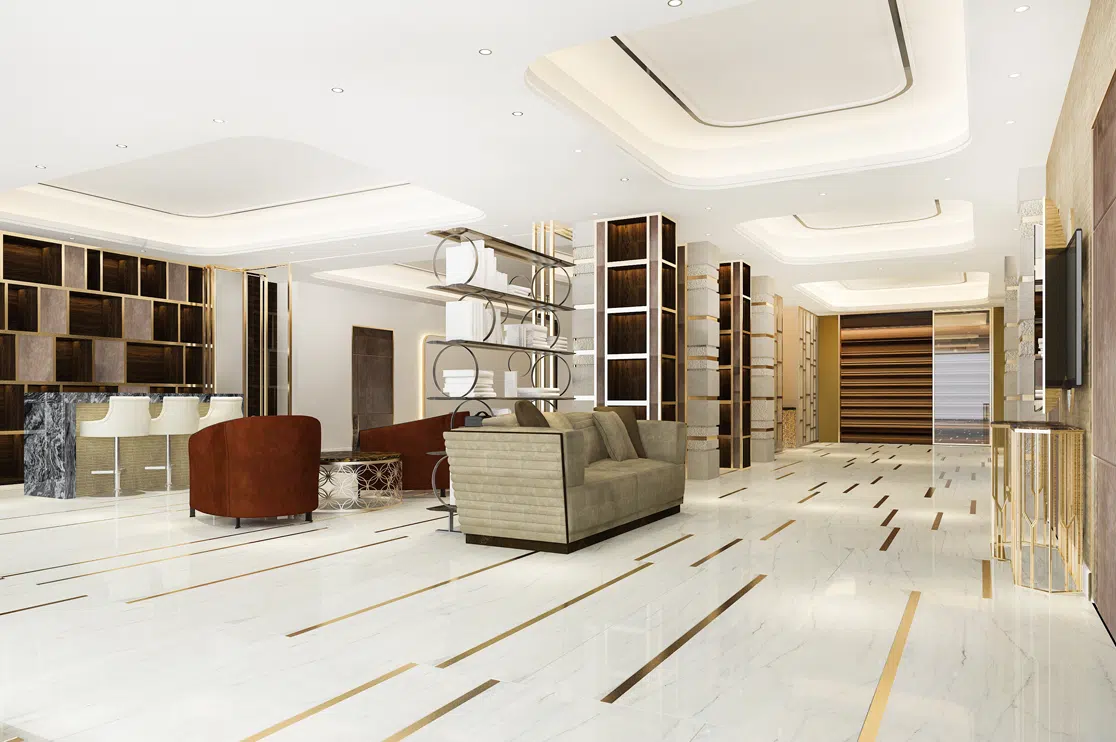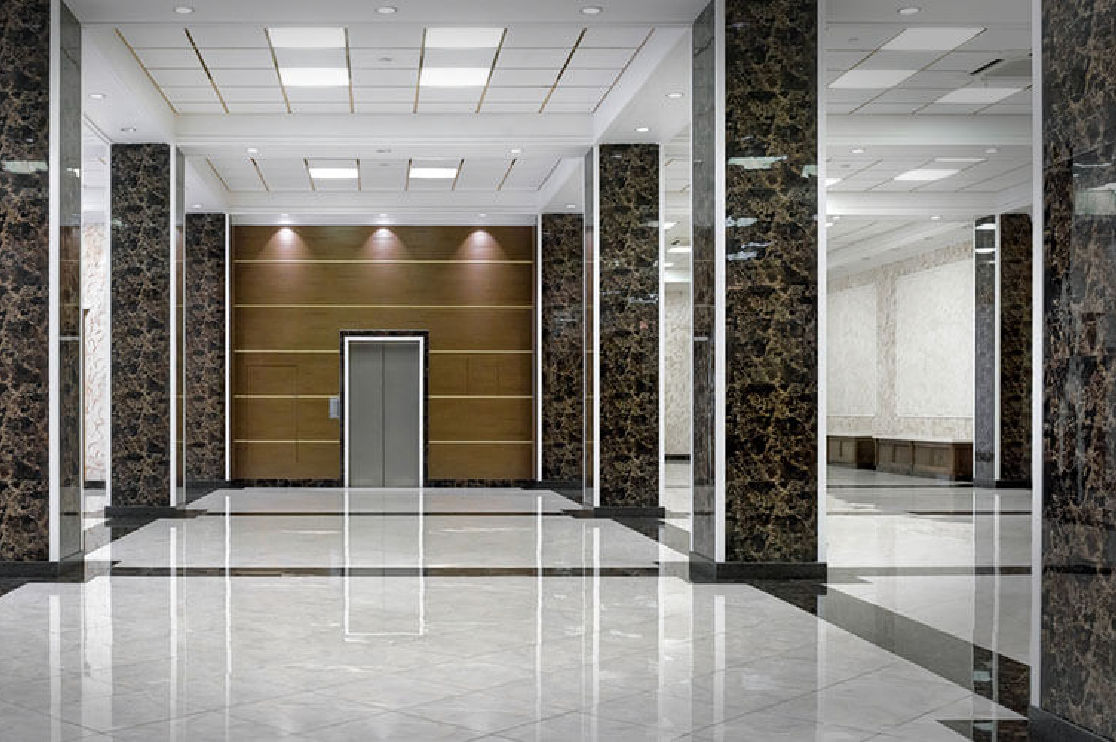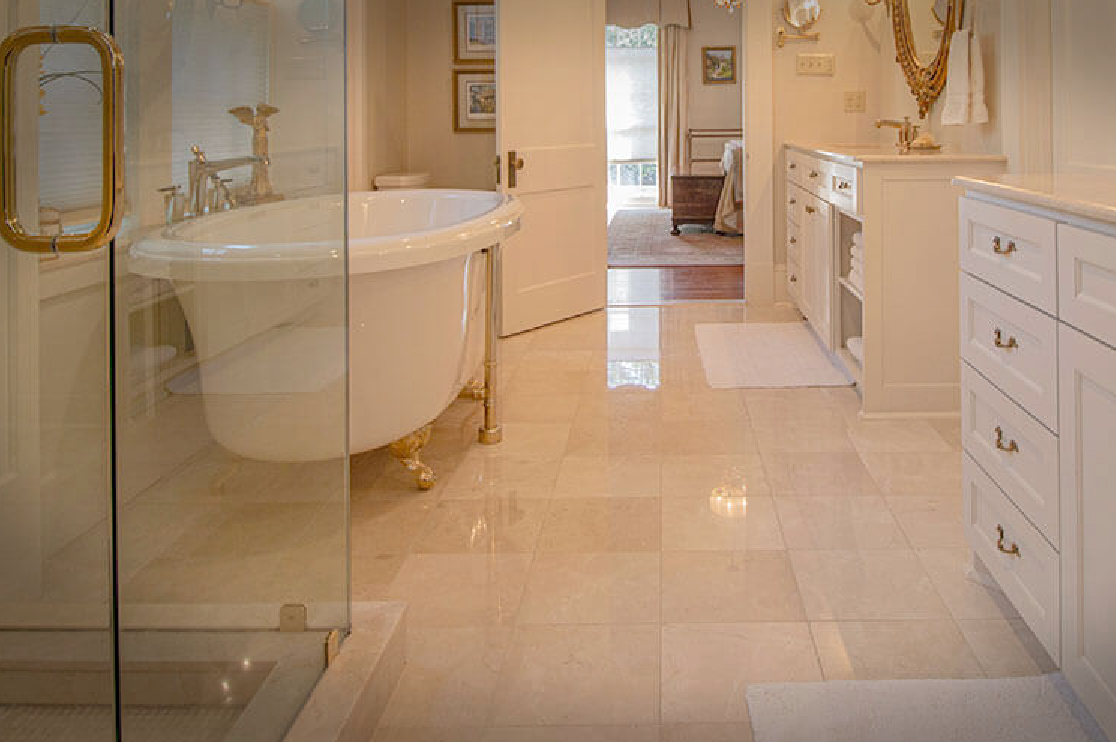Upcoming Trends in the Canadian Construction Industry
The needs of Canadian residents are changing, and the building industry will have to step up to the challenge.
Toronto, ON – 21st November, 2016 : The landscape of construction in Canada is changing, and the industry has to change with it.
BluEnt has researched the latest trends impacting homebuilders, architectural firms, and real estate developers in the coming year and beyond.
A Changing Transportation System
When it comes to transportation, the golden age of the automobile has passed. Car ownership today is nowhere near what it was a decade or two ago, as younger generations show a stronger preference to walking, biking, and public transit.
Millennials tend to ride buses, subways and streetcars instead of owning a car. This has reduced the demand for parking garages and created a greater need for parking stalls for bikes.
This will not only impact building lots, but also the number of roads and paths for walking and biking. The weight of this trend will redefine industrial, commercial, and residential spaces and amenities on a larger scale than ever before.
Redefining Spaces
If structures like the Beacon, Astitva, and the Shanghai Tower are the realities of today, we look forward to seeing what Canada contributes to the green architecture of tomorrow.
Another trend catering to millennials is the rise of micro apartments – one-room living spaces occupying 4-10 square metres each. These bare-necessity spaces will be ideal for young professionals looking for affordable housing in metropolitan areas, where space is only becoming more limited.
This also ties in with the above transportation trend, as micro-apartment residents require new transportation systems that will change the urban planning goals of different cities.
A broader phenomenon in the national construction industry is the development of adaptable buildings that can be easily transformed over time. The speed at which architecture is evolving in Canada, especially in urban cities like Toronto, means that many buildings will be used for a variety of functions over their lifecycle.
Such buildings that are already facing this challenge are abandoned shopping malls, movie theatres, and warehouses.
Behind-the-Scenes Changes
The final trend we noted has to do with the changing industry itself. Builders are competing for natural resources and building materials on a global scale; half of the world’s concrete is being used in China alone.
Furthermore, the pressure to adhere to environmental regulations such as carbon emissions is pushing building costs up internationally.
The Canadian construction industry will have to adapt to these changes as quickly as possible to keep up with other leading countries. This will require productivity improvements through modern construction methods, education, and workers at industry-level.
BluEnt’s Response
To control costs, firms will need more refined tools for project scheduling and budgeting to retain their positions in the marketplace.
The most prominent solution to this challenge is predicted to be the use of 3D CAD software and BIM over 2D drawings to more accurately model evolving building systems and structural engineering, mechanical, electrical and plumbing systems.
BluEntCAD supports construction professionals with accurate material and quantity take offs for consultants and contractors. Our experienced team of professionals use CAD takeoff software and varied techniques in recording construction quantities to assist our clients and associates.
Throughout the project lifecycle, our studio is designed to optimize the efficiency of Canadian homebuilders, developers and construction firms.
Our CAD studio model works as an extension of your in-house design team, lending years of experience as well as global outreach to keep our clients at the forefront of innovation and technology.
Tim Johnson
Strategic Sourcing & Business Development Manager
BluEntCAD | 832-476-8459
Featured Insights
AutoCAD And RFMS: Find the Perfect Fit for Your Tile & Stone Shop Drawing Projects
Exploring the Array of Tile & Stone Shop Drawing Services: Choose Your Right Solution
Mastering the Tile Shop Drawing Workflow: How Precision Prevents Costly Delays and Chaos
On Time, Everytime! Reasons to Choose BluEnt as Your Tile & Stone Shop Drawing Partner

















